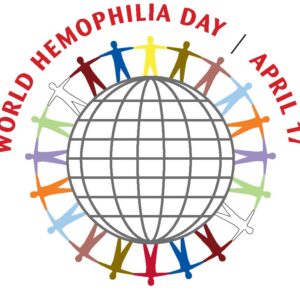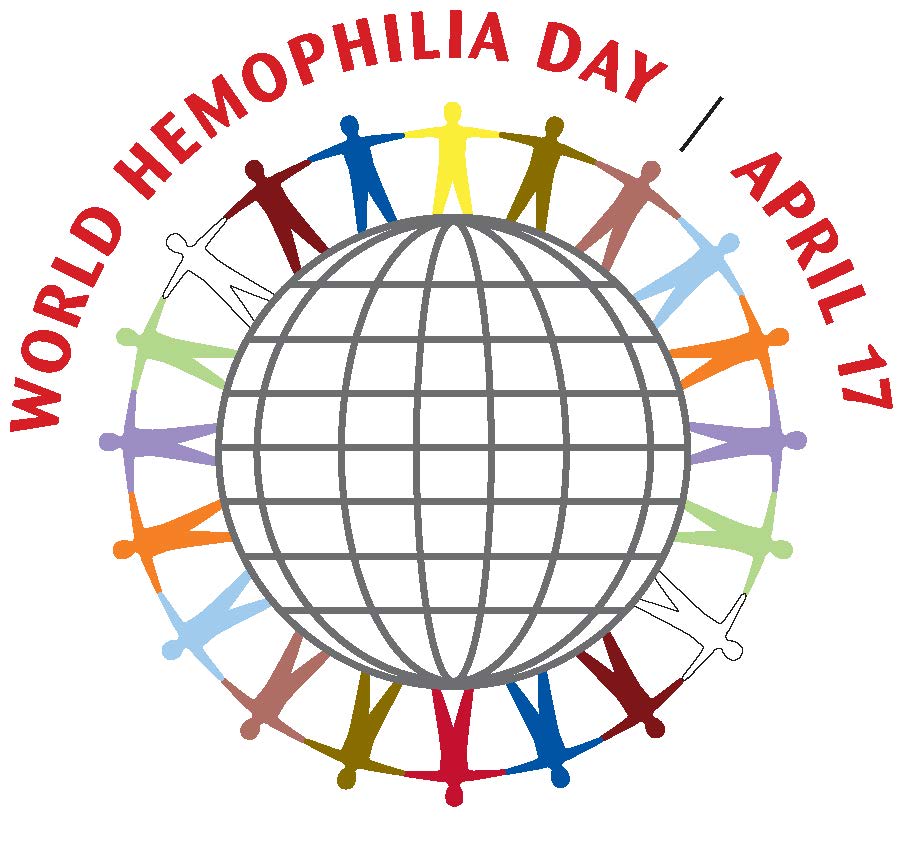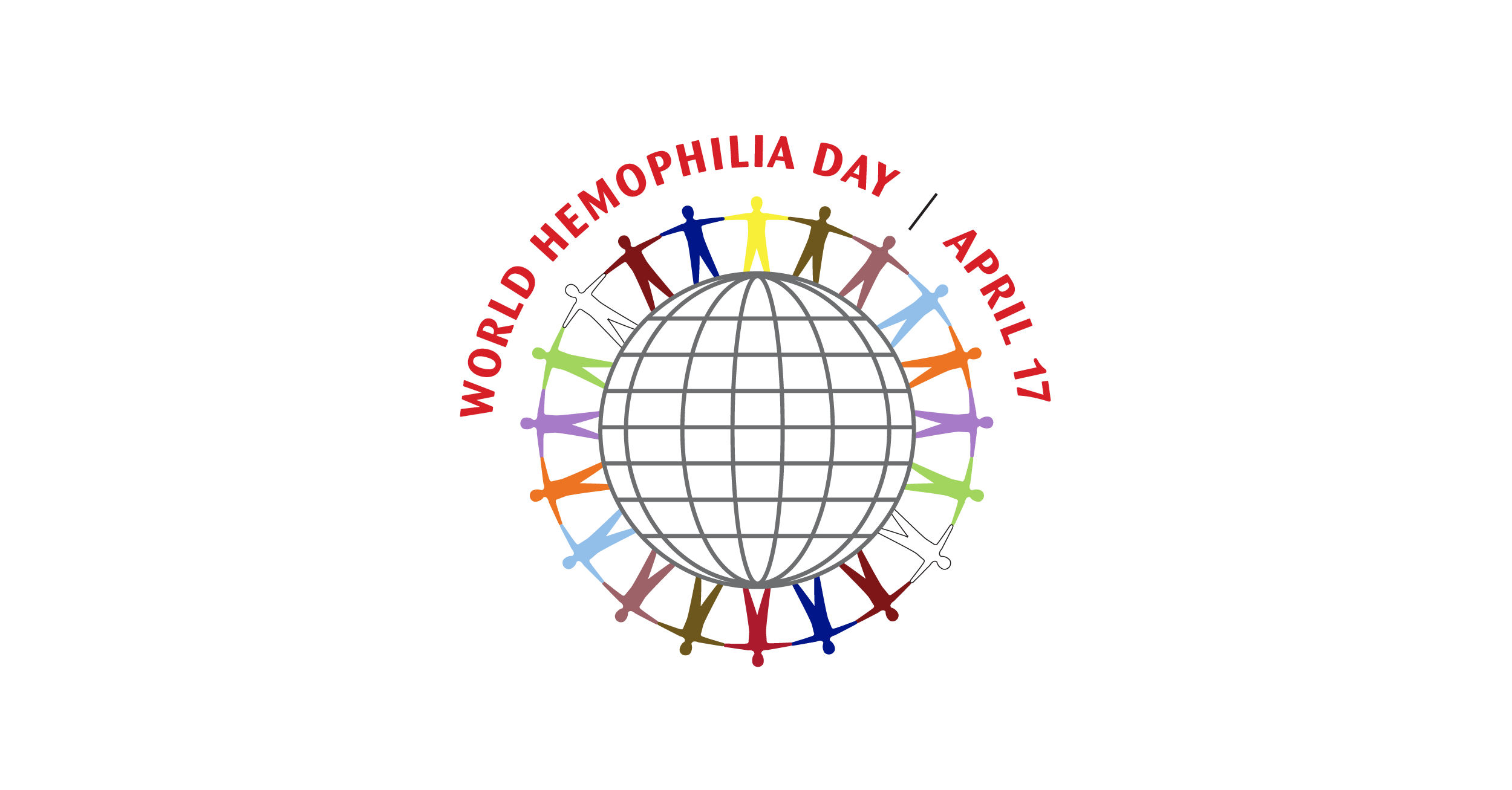Between 2014 and 2016, I spent a total of six months traveling throughout India as a volunteer project manager for the Hemophilia Federation of India (HFI). It was an honor to participate in the first year of development of a newly forming Women’s Group.
A little background: At the 2012 WFH World Congress in Paris, during the Poster Session, I met with two young men about their very active youth program activity. Seeing their poster with only male faces, I rudely interrupted them saying, “Where are the Girls?” After that conversation, they talked with others at the Hemophilia Federation of India (HFI) and together with the support of the Novo Nordisk Haemophilia Foundation (NNHF) they decided to create a Women’s Group. They believed that strong women create strong families. The Mission Statement was written as: a) Empowerment of Women in all respects, b) Forming Women’s Support Group, c) Dissemination of information and knowledge to other caregivers, d) Identification of more and more women leaders.
India is a country with a population of roughly 1.2 billion people. The HFI had about 14,000 people with bleeding disorders on their registry, mostly males with hemophilia. Only a few were females. And tragically, a person living in India does not have access to medicines and treatment like those in countries such as USA. Their government pays for small doses but only if someone is in admitted to the hospital. It is extraordinarily expensive to someone who is likely to be earning very little money to begin with. Even if they could pay for it, they cannot take it home to infuse prophylactically. As a result, many are left at home with their families and suffer crippling effects.
It was thought that if we could bring women together throughout the India national hemophilia community, we could begin to help families. The women could provide awareness to others in their local area about many topics related to bleeding disorders. And if they needed help, there would be a network of other people through HFI, who could offer ideas including legal assistance, psychosocial support or financial assistance.
Every culture and country has it’s set of unique challenges. Because India has many languages, some workshops required translations where a few sentences in English would be translated to Hindi, Tamil, Malayalam, Telugu, and Kannada. As a result, some workshops took longer and went late into the evening. But these are strong and determined women who attend these meetings. As another challenge, India is a very big country with amazing terrain challenges. Women attended these workshops and often times it was the first chance they had to travel outside their home town. Many would ride on a train for 3-days straight to attend our 2-day workshops. The Women’s Group held eight regional women’s workshops with attendance of 20-25 women at each one. I presented project management concepts at their workshops in New Delhi, Thane, Puri and Bangalore. Then, they held their first-ever women’s group annual meeting that brought over 100 women together from all over India to the city of Bangalore where the project was graduated into a sustaining organization. There were also individuals from other countries who attended and took back ideas to their country. They were from the Philippines, USA, Iran, Malaysia, and Argentina.
During this timeframe of volunteering, I also presented information about girls and women with bleeding disorders and capacity building through involvement of women. These opportunities were in a medical symposium in Guwahati, an Annual General Meeting of the HFI in Kolkata and a Capacity Building workshop in Bhopal. Also, I attended and spoke at a government advocacy meeting in Bhubaneswar, an HFI Chapter’s Annual Meeting in Ahmedabad, met with individuals from the Manipal Hemophilia Society, and enjoyed a Women’s Group function in Rajkot highlighted by visiting with a mother of a factor V child, who tried to teach me to hand-stitch tiny mirrors into fabric. I also flew to the Philippines and to Malaysia to support early development meetings with individuals who also wanted to start a national women’s group.
I know first-hand, having been a stepmom to two girls with factor V deficiency, a rare bleeding disorder, that caring for someone with a bleeding disorder takes special knowledge, skills and strength. Girls and women who may also have bleeding disorders often belong to a family with others who have bleeding disorders. This program recognized that to be able to successfully care for someone else, the caregiver must first take care of herself. As a result, this program included information to help a caregiver who may also be a woman with a bleeding disorder or who may have a daughter or a son who has a bleeding disorder.
The method was a Train-the-Trainer approach where 12 women were trained and then they began training nearly 100 other women. The Women’s Group of Hemophilia Federation of India believed that the importance of getting a good foundation for the first year would include working with the men and the youth of their Indian community because the men of the HFI organization actually wrote the grant and lobbied to begin this group. It was the men who provided the energy and resources (by calling upon the youth group) to ensure the women’s training programme was a success.
In their 2nd year they began organizing and conducting meetings on their own. The Women’s Group has representation on the Hemophilia Executive Committee through a Chairwoman. They are busy throughout the month of April preparing for World Hemophilia Day getting ready for more workshops and other activities to bring awareness and support for their community.
A few outcomes of this work included financial support for women requesting help such as a sewing machine project where women could request a sewing machine from HFI to start a business in her home. Often, women cannot leave their home because they are taking care of their child, or they themselves have bleeding issues.
Another outcome of this activity were two funds that were established to pay for testing for girls who have excessive menstrual bleeding. One in New Delhi at the Sir Ganga Ram Hospital and another through the Kasturba Medical College Hospital.
To accommodate the need for extensive travel, I took two separate leaves of absence from my employment, and I visited with my family using Skype.
I am writing this story with hope that others might consider taking time away from their day-to-day job to offer their skills as a volunteer to help build capacity somewhere “far away” where our bleeding disorder community needs both your generosity and your help.


